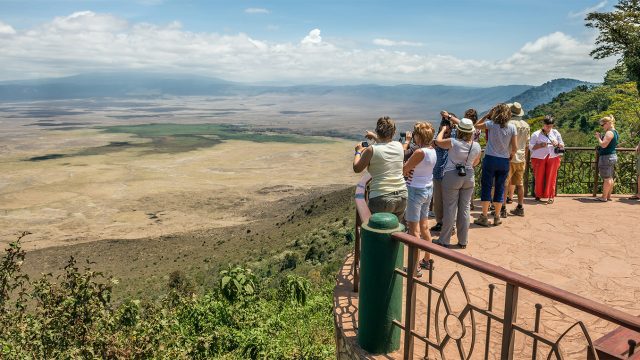The Ngorongoro Crater is one of Tanzania’s many UNESCO World Heritage Sites, featuring the world’s largest unfilled and inactive volcanic caldera — it’s also teeming with wildlife.
But to see the most animals, miss the crowds, or avoid rain, it’s important to know when to go.
While you can technically see wildlife there year round, those who want to see the most wildlife will want to travel between June to September.
This time of year represents the dry season when wildlife is easier to spot as the vegetation isn’t as built up and animals will be gathering at the watering holes.
The bad thing about this time of year is that it gets super crowded, and if you’re going on safari, rates tend to be higher as well.
The crater can get between 200-500 vehicles per day in peak season, just to give you an idea.
Tourists looking for the best weather should travel between June and October.
And it’s fortunate that the most sunshine also overlaps with the best time to view animals.
Conversely, the worst weather occurs in March and April during the peak of wet season.
But for those wanting to avoid crowds, it pays to go during the wet season from November to May.
And for the absolute lowest amount of tourists, April and May tend to have the lowest numbers.
Although it does rain in the west season, the scenery will be greener, tourists come in lower numbers, and rates tends to be lower.
It’s also the best time for birding due to the migratory birds that pass through in these months.
Travelers going in the wet season should also pack some warm clothing, as the mornings and nights tend to be quite chilly.
Most rains tend to be sporadic afternoon storms, but between March and May, it can rain for most of the day.
No matter when you go, you’ll still likely see a decent amount of wildlife, so pick your travel times based around your tolerance for rain, crowds, and of course, your budget.

